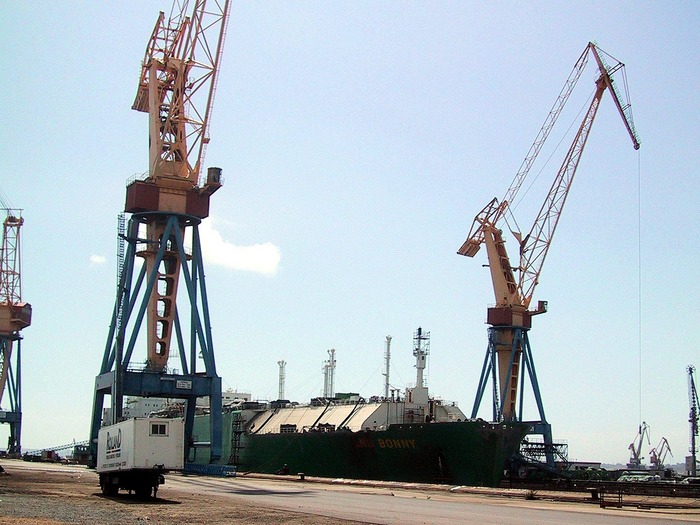Transforming methane emissions into natural gas can save as much as Norway’s annual gas export
Despite carbon abatement pledges by countries, methane emission levels continue to remain high. The fossil fuel industry, especially, constitutes one-third of the global methane emissions from human activities, according to the International Energy Agency’s (IEA) ‘Global Methane Tracker 2025‘.
Limited mitigation measures, combined with global production of oil, gas and coal, has kept methane emissions from the energy industry above 120 million tonnes annually, found the report. This is higher than official figures. In fact, satellites detected large leaks from oil and gas facilities, resulting in a record high in 2024, found the report.
Around 5% of energy related methane emissions — or 8 million tonnes — came from abandoned coal mines, oil and gas wells, found the report.
However, there is a silver lining. According to the report, 70% of annual methane emissions from the energy sector could be avoided with existing technologies.
Most emissions tied to fossil fuels
China is the highest emitter, releasing roughly 25 million tonnes of methane in 2024, around 20 million tonnes of which came from coal production, found the report. The US is the second highest emitter, but most of its emissions come from the oil and gas sector.
Europe’s methane emissions are primarily tied to imports. In 2024, methane emissions from the supply chain for oil, gas and coal imports are estimated to be around 6 million tonnes, found the report. As for emissions from activities inside Europe, around 55% of the fossil fuel methane emissions come from the oil and gas sector, and 45% come from coal mines, mainly in Poland and Ukraine.
South and southeast Asia’s fossil fuel industries, combined, released 10 million tonnes of methane into the atmosphere in 2024. Sector wise, half came from coal while the other half came from gas and oil.
According to the report, India and Indonesia were significantly high emitters. A major reason is that both countries rely heavily on open cast mining, where there are few choices when it comes to abatement.
The report finds that both overall methane emissions and their intensities have been rising in the entire region, in tandem with rising energy demand and fossil fuel production.
“The IEA’s 2025 Methane Tracker highlights a critical issue: methane emissions from fossil fuels are vastly underreported—by around 80% compared to national reports,” said Kim O’Dowd, climate campaigner at the Environmental Investigation Agency.
Changing tactics
The report highlighted that while it is not possible to abate all the methane that is being released, there are ways where portions of it can be either utilised or abated.
One of the most effective ways is making natural gas out of the released methane. According to the report, around half of the 200 billion cubic metres (bcm) of methane emitted by the fossil fuel sector in 2024 could have been turned into natural gas. That is as much as Norway’s total gas exports.
Also, reducing the non-emergency flaring can save around 150 bcm of natural gas annually.
Enforcing national and corporate methane pledges would also go a long way in reducing emissions. Currently, methane pledges cover 80% of global oil and gas production, but only around 5% of the actual output actually meets a near-zero methane emissions standard, found the report.
“Tackling methane leaks and flaring offers a double dividend: it alleviates pressure on tight gas markets in many parts of the world, enhancing energy security – and lowers emissions at the same time. However, the latest data indicates that implementation on methane has continued to fall short of ambitions,” said Fatih Birol, executive director, IEA.
About The Author
You may also like
Renewables are Cutting Down Power Prices Globally: Report
India’s PLI Drives Growth in Solar Manufacturing Sector: Report
Global coal demand growth rate slows down as China shifts to renewable energy: Report
India to Expand Coal Power Capacity Until 2047 to Ensure Grid Stability and Energy Security
Rise in Fossil Fuel Burning is Making Floods Lethal in Asia

